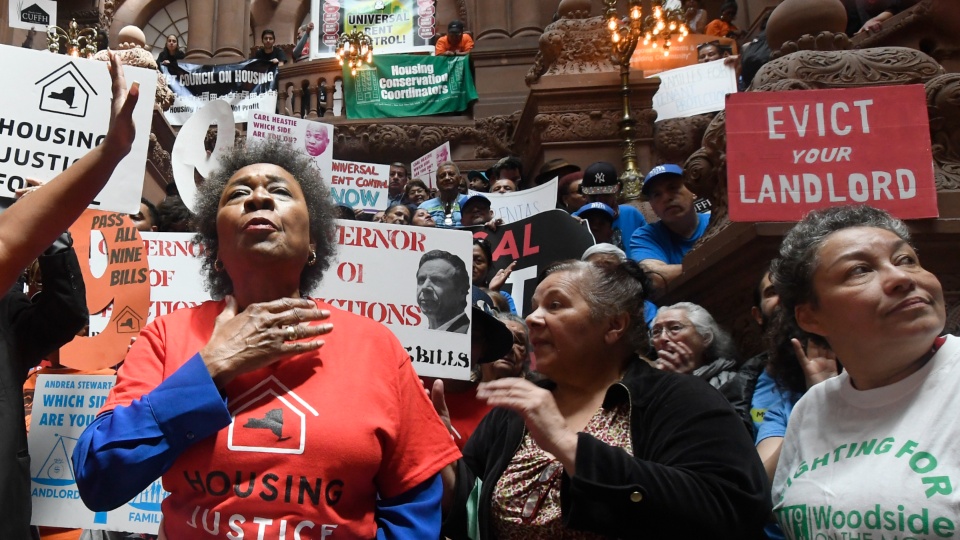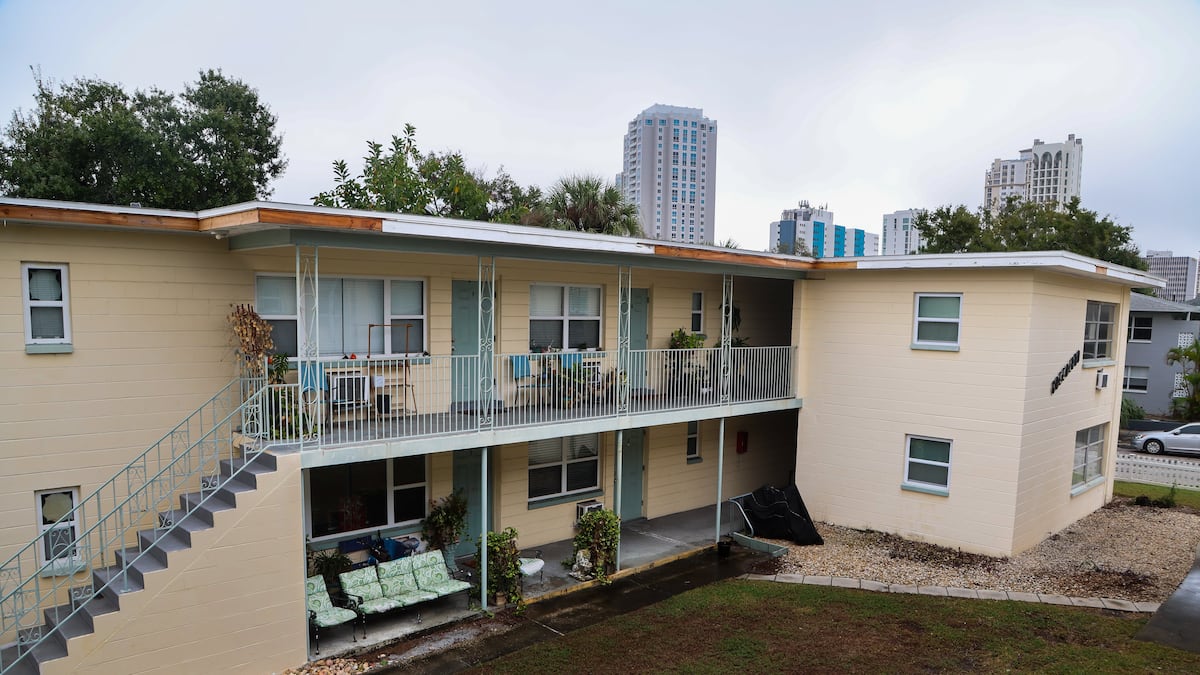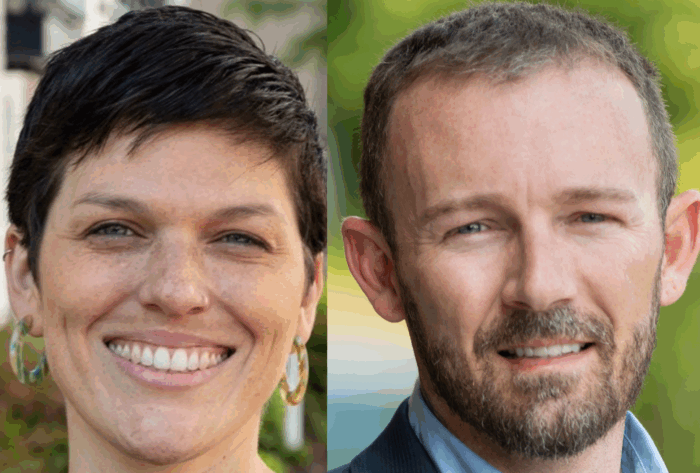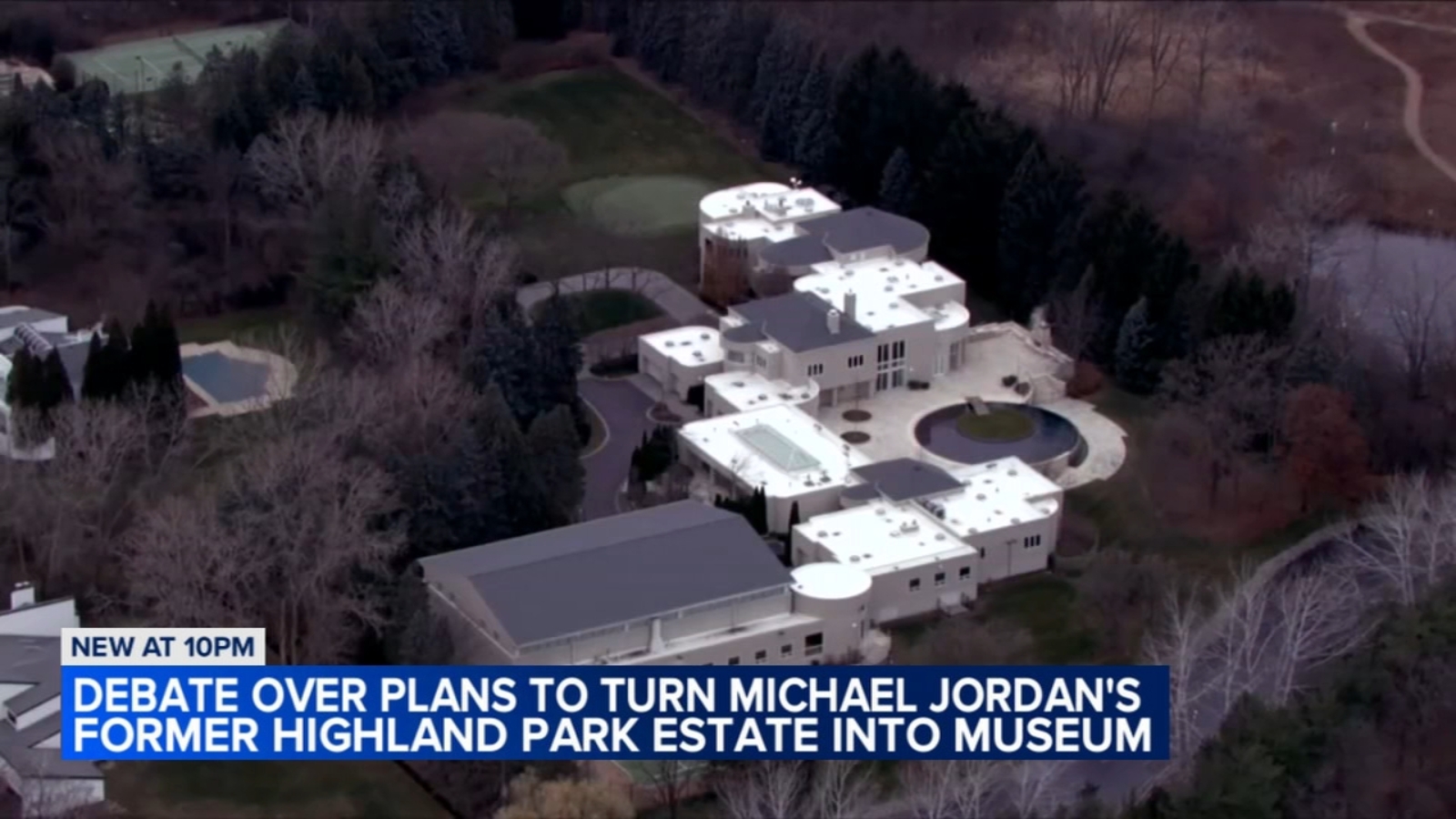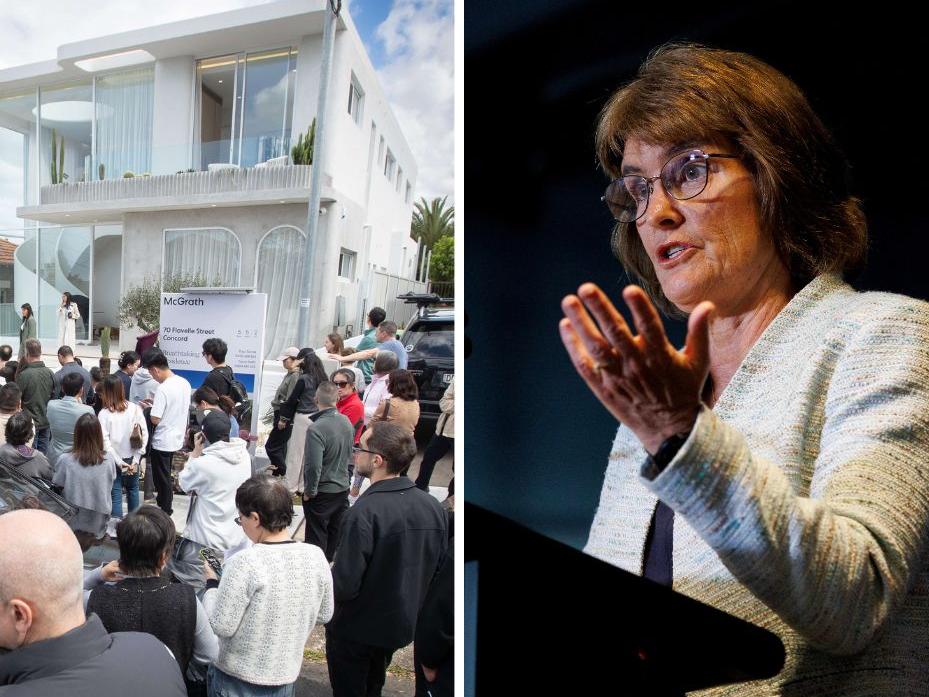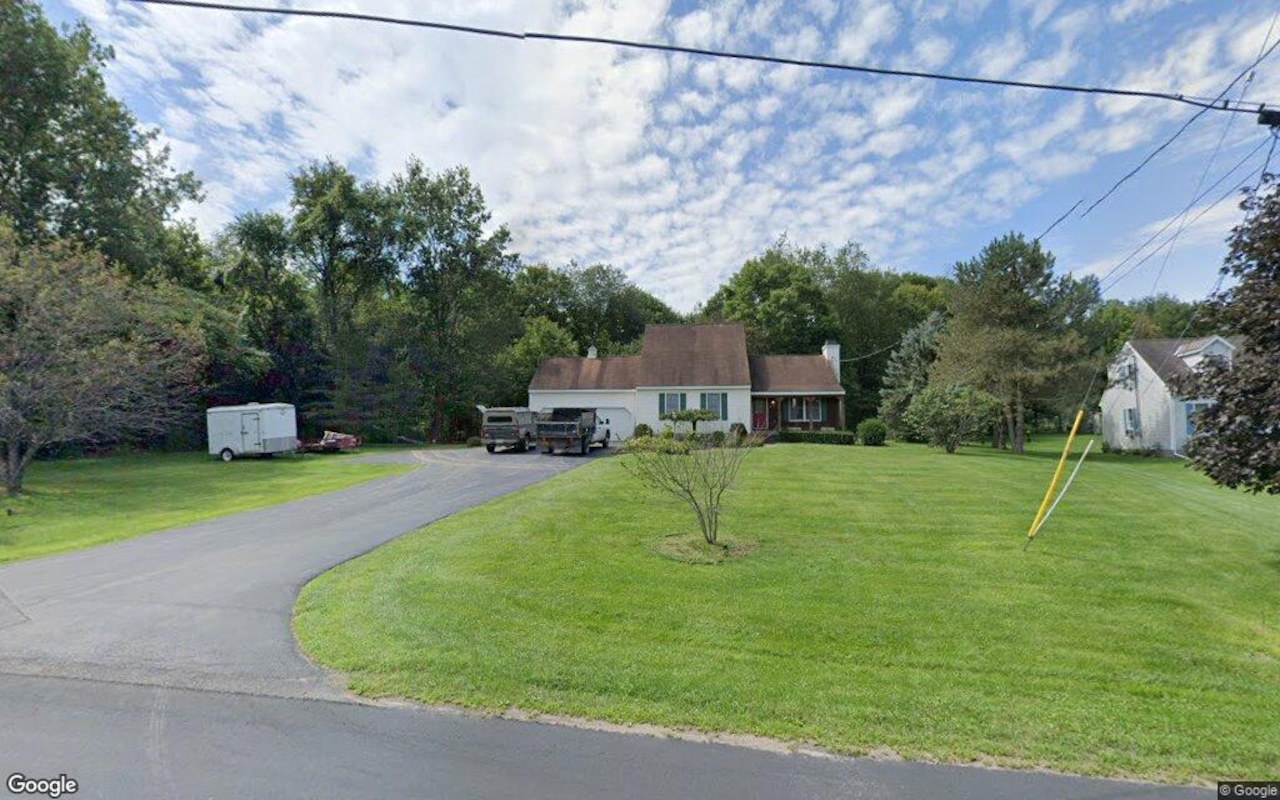N
ew York City's mayoral race is dominated by the issue of skyrocketing rents and the influence of real estate interests. The city was once a refuge for working-class immigrants, but it has become one of the most expensive cities in the US, where homes are built as investments for the ultra-wealthy rather than as social needs.
Former Governor Andrew Cuomo, now running for mayor, has made a career out of serving the real estate lobby and lining his pockets with their money. He was bankrolled by billionaires and corporations that benefited from the destruction of public housing and the commodification of real estate. As governor, he oversaw a massive increase in rent prices, with state averages rising nearly 52%, and consistently sided with real estate moguls over working-class New Yorkers.
Cuomo's mayoral campaign is backed by major developers who have lined up to support him, including the Durst Organization, Peter Fine, John Fish of Suffolk Construction, Fisher Brothers, Halmar International, Bruce Ratner, and Steven Roth of Vornado. He has also received millions from super PACs, including "Housing for All," a deceptively-named group funded by the New York Apartment Association.
Progressive candidates such as Zohran Mamdani, Brad Lander, and Adrienne Adams have vied for the left flank of the party, promising to address the housing crisis through policies like freezing rent on all rent-stabilized apartments, investing in public sector development, and prioritizing sustainability. However, even these candidates are constrained by the influence of real estate in New York.
To achieve true housing justice, the working class must rely on organized mass struggle, including tenant unions, coalitions, rent strikes, popular education, and direct action against evictions. The history of struggle in the US can provide examples of successful movements, such as the 1918-1920 rent strikes in New York and the Chicago Freedom Movement in the 1960s.
Looking to international successes, social housing in Vienna keeps rent costs low, Venezuela has built over 4.5 million free or low-cost homes, Cuba capped rents at 10% of income, and the Soviet Union guaranteed housing as a right in its 1977 Constitution. The American working class will ultimately determine what housing justice looks like through its struggles against landlords, developers, and real estate interests.
